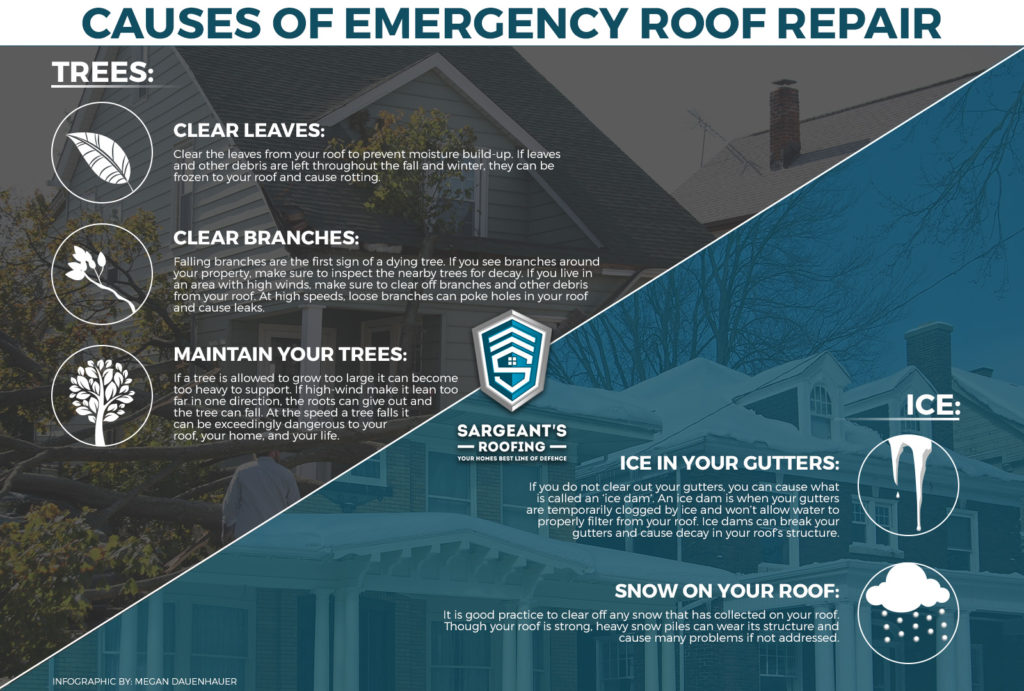The Importance Of Roofing Air Flow For Effective Installation Results
The Importance Of Roofing Air Flow For Effective Installation Results
Blog Article
Article Composed By-Lassiter Vogel
When you're dealing with a roof covering task, you may not think much about roofing system ventilation, however it's even more crucial than you understand. Reliable air flow assists regulate temperature and moisture in your attic, stopping troubles like mold and structural damages. By recognizing exactly how to design and set up a balanced ventilation system, you can improve energy performance and lengthen the lifespan of your roofing products. So, what are the essential variables to consider throughout setup that can make all the distinction?
Value of Roof Air Flow
Roofing system air flow plays an essential role in maintaining the total wellness of your home. By permitting fresh air to distribute through your attic room, it helps manage temperature and dampness levels. This equilibrium is vital to stop warm buildup throughout warm months, which can cause enhanced power prices as your a/c works overtime.
Moreover, proper ventilation considerably minimizes the danger of moisture-related problems like mold and mildew. If moisture levels increase, your home's structural stability can be endangered, causing pricey repair services. You wouldn't intend to take care of deteriorating wood or distorted roof products, right?
In addition, sufficient ventilation extends the lifespan of your roofing system. When warm and dampness are kept in check, your roof covering can execute ideally, stopping premature damage. This implies fewer migraines and expenditures down the line.
Just How Roofing System Air Flow Functions
Effective roofing air flow depends on the all-natural activity of air to produce an equilibrium in between intake and exhaust. When you set up vents, you're basically enabling fresh air to enter your attic while enabling warm, stagnant air to run away. This procedure aids control temperature level and dampness levels, preventing issues like mold growth and roofing damages.
Consumption vents, normally located at the eaves, reel in awesome air from outdoors. At the same time, exhaust vents, located near the ridge of the roofing, let hot air surge and leave. The difference in temperature produces a natural air movement, known as the stack result. As cozy air increases, it creates a vacuum that pulls in cooler air from the reduced vents.
To maximize this system, you require to make certain that the consumption and exhaust vents are correctly sized and positioned. If you can try these out is restricted, you won't achieve the preferred ventilation.
Also, insufficient exhaust can trap heat and dampness, causing prospective damage.
Trick Installation Considerations
When setting up roof covering ventilation, several vital considerations can make or damage your system's effectiveness. First, you need to assess your roof's design. The pitch, form, and materials all affect air movement and ventilation selection. See to it to select vents that fit your roof covering type and neighborhood climate problems.
Next, take into consideration the positioning of your vents. Ideally, you'll want a well balanced system with consumption and exhaust vents placed for optimal air flow. Place consumption vents short on the roofing system and exhaust vents near the optimal to urge an all-natural flow of air. This configuration helps protect against wetness buildup and advertises power efficiency.
Do not forget about insulation. Appropriate insulation in your attic room stops heat from leaving and keeps your home comfy. Ensure that insulation doesn't obstruct your vents, as this can prevent air flow.
Lastly, think of maintenance. Choose air flow systems that are very easy to access for cleansing and examination. mouse click for source ensures your system remains to function successfully with time.
Conclusion
To conclude, roof covering ventilation is essential for an effective setup. By guaranteeing proper air flow, you can prevent warmth build-up and dampness problems that lead to costly damage. When you purposefully position intake and exhaust vents, you enhance energy performance and prolong the lifespan of your roofing. Keep in mind, a well-ventilated roofing not just safeguards your investment however additionally improves your interior air top quality. So, prioritize ventilation to ensure a durable and economical roofing system for your home.
